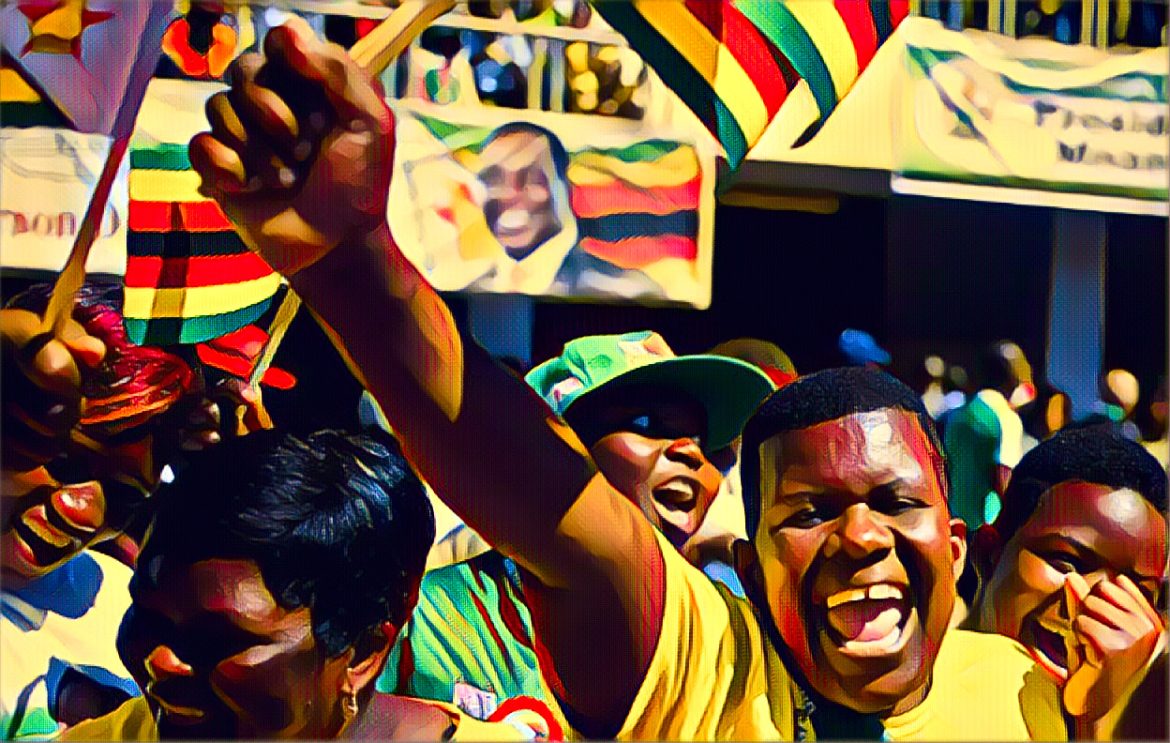The Women’s Academy for Leadership and Political Excellence (WALPE) has launched a campaign advocating for greater youth involvement in government. The group has formally petitioned for a policy that ensures at least half of all public leadership and decision-making roles are reserved for young people.
This demand comes amid discussions with the youth Parliamentary Caucus during a recent breakfast meeting, where WALPE presented a compelling case for a legislative framework supporting a 50% youth quota. They highlighted the urgency of this policy by stating the demographic dynamics of Zimbabwe, where youth constitute 67.7% of the population.
“Despite being the most impacted by government policies, they are consistently excluded from the decision-making process,” WALPE emphasized in a position paper. This statement not only reflects a call for inclusion but also points to a significant discrepancy between the population’s composition and its representation in governance.
Stanley Sakupwanya, a lawmaker from Manicaland and the Chairman of the Parliamentary Youth Caucus, reinforced this point in an interview with NewsDay. He stressed the importance of youth engagement in governance, saying, “Leadership positions must involve youth in every aspect of decision-making because the outcomes directly affect them and future generations.”
Similarly, Nomsa Chamvura, representing the women’s quota from Hurungwe, shared her views on amplifying youth voices. “We will advocate for more workshops targeting youths, meeting with fellow youth parliamentarians to exchange ideas, participate in decision-making, and gain skills,” she noted.
These conversations reveal a deep-seated concern among young leaders and advocates about the minimal presence of young people in influential government positions. Despite the establishment of the Ministry of Youth, the gap between youth representation and youth demographic strength remains wide, prompting calls for systemic change.
The push for a 50% youth quota is not merely about securing positions for young people but also about enhancing the quality of governance by ensuring that the decision-making process reflects the demographic it serves. It aims to foster a governance culture that values diversity and harnesses the unique perspectives and innovative potential of the youth.
As the discussion progresses, it becomes evident that having young people in leadership positions is not only advantageous but also essential for the development of inclusive, progressive policies that accurately reflect the demographic reality of the country. The WALPE plan has sparked an important discussion on the means of participation and the approaches to empower Zimbabwe’s largest yet underrepresented group.


